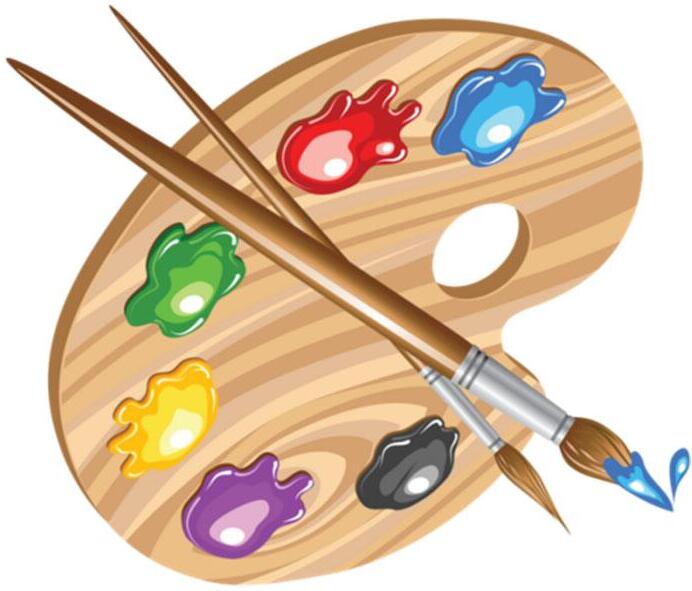
2 minute read
VISUAL ARTS
PRINTMAKING: WOODCUT, MAT BOARD COLLAGRAPH, AND DRYPOINT ENGRAVINGS
In this class art students will explore three such methods of printmaking. Woodcut is one of the most common art media used worldwide, wherein a block of wood is carved with a graphic image and inked up for serial relief printing. Students will study examples of woodcuts from historical and contemporary art and come up with a personally meaningful visual response to a unifying theme generated from our studies. We will then move on to making intaglio collagraph prints using a mat board. Students will further explore the theme from their woodcut project by drawing new designs on the mat boards. Next, students will make dry point engravings using both plexiglass and copper plates. Engraving is an intaglio printmaking technique that involves making incisions with a metal needle/ scribe into a plate which retains the ink to form the printed image after it is rolled through the press. Dry point is best for making exquisitely detailed linework. As with woodcut, examples of dry point engravings from historical and contemporary art will serve to help us establish both our technical and conceptual aims and theme for the two student dry point projects, one of a naturalistic representation and the second abstract or conceptually driven. Students will make individual prints, but also collaborate to make booklets, so that each student receives a copy of all the woodcuts, collagraphs, and dry point engravings made in the class. (winter term/one-third credit)
Advertisement
Visual Arts
Video Art
In this course we will explore how artists today are creating experiences for audiences through the use of moving images and time-based media. We will create works of art using digital techniques as students learn skills in digital video capture, editing, sound, and presentation methods. Project prompts may include: Story through Stills, Found Footage, Reenactment, That’s Impossible/ the Unreliable Narrator, and World-Building. The class will provide an overview of video in the contemporary arts, including narrative, documentary art, performance art, and installation. Select readings and study of contemporary video art will enrich individual studio production. Prepare yourself to question the boundaries between art and life!
(spring term,/one third credit)
DRAWING & PAINTING: BOTANTICAL ART & ORGANIC ABSTRACTION
We will use our campus with its landscape, gardens, and greenhouse to explore and creatively investigate both our analytical observations and our felt, emotional responses to the plant life and natural forms that surround us. Students will use diverse drawing and painting media to make a series of botanical illustrations as well as expressive and imaginative works using the principles of organic abstraction. Students will also explore making threedimensional models using white clay to help serve as guides for some of their abstract drawings. Students will develop a regular sketch book practice for this class, for independent work. Though this is primarily a studio art class, we will also explore the history of both botanical art (as both a creative and scientific endeavor) and exemplary modern artists who used organic abstraction in their bodies of work: Paul Klee, Georgia O’Keeffe, Charles Burchfield. From this research and study, students will develop a clear understanding of both technical and conceptual aims for each of their creative projects for this course. (spring term/one-third credit)






